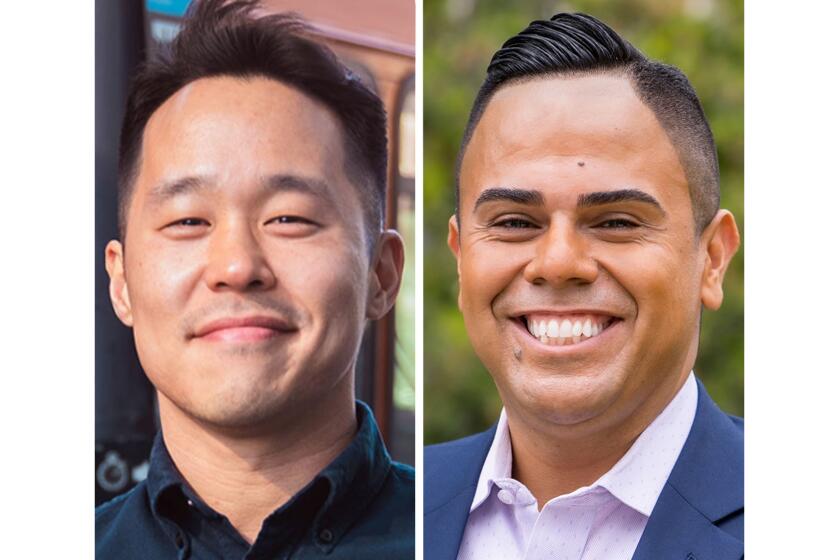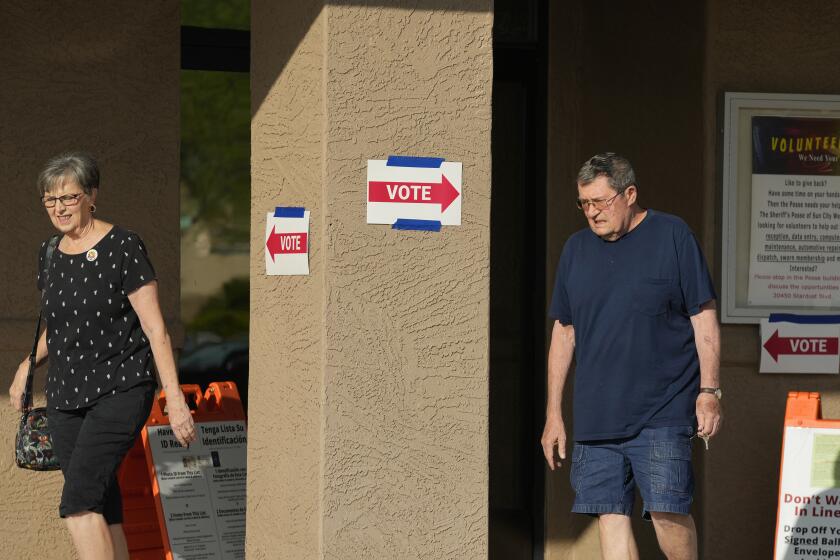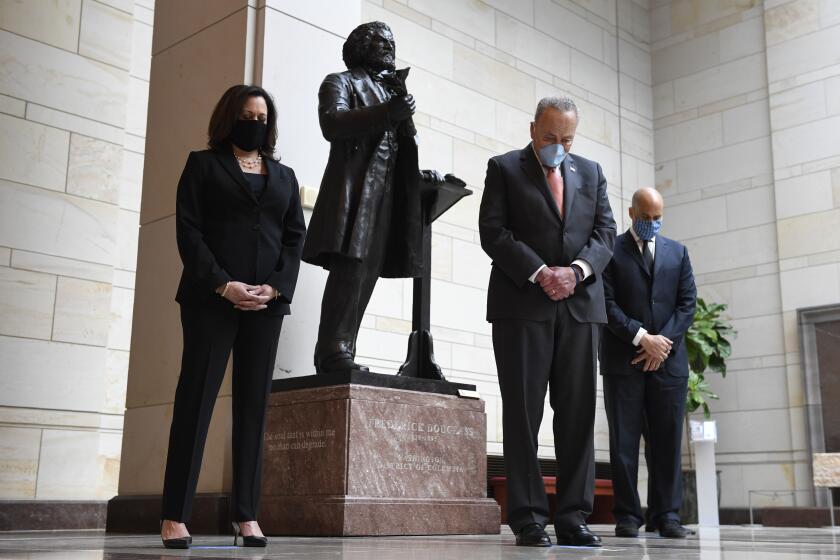A Misguided Challenge to Affirmative Action
Eighteen months ago, the Supreme Court found that affirmative action in law schools helps cultivate diverse leaders for a diverse society. Now, a new study by UCLA law professor and economist Richard H. Sander claims that the court was wrong on the facts. He argues that American law schools would produce more black lawyers by eliminating affirmative action than by preserving it.
Sander’s counterintuitive thesis turns on the notion that affirmative action, by lowering admission standards, produces a “mismatch” between black students and their white peers. The mismatch, he argues, causes blacks to earn lower grades, drop out at higher rates and pass the bar at lower rates than they would if they went to less selective schools. He predicts that although there would be fewer black law students without affirmative action, their higher grades and lower dropout rates would boost the total number of blacks who pass the bar by 7%.
Is he right? Can we have our colorblind cake and eat it too? Probably not.
First, Sander’s conclusion flies in the face of the most basic tenet of economics: that people act rationally to maximize their self-interest. Affirmative action has been with us for 30 years. Is it really possible that cohort after cohort of talented black students, lured by the siren of affirmative action, has incurred large debts and forgone other opportunities in order to attend top law schools -- all on a misguided expectation of success?
If the costs of affirmative action outweigh the benefits, then surely the “victims” would know. Over time, they would see that the best black students at second-tier law schools (and some top students do go to second-tier schools for geographic, financial and other reasons) far outperform their peers at more elite schools and have a much easier time passing the bar. That hard truth would be passed from one generation to the next.
But Sander offers no evidence that this occurs. The fact is that thousands of black students admitted through affirmative action have succeeded by working hard and aiming high. The idea that they should lower their sights deserves strong skepticism.
Second, Sander takes an unrealistic view of how many blacks would still attend law school if affirmative action were to disappear. He believes that students now in first-tier schools would go to second-tier schools, that students in second-tier schools would go to third-tier schools, and so on. This, he says, would reduce the number of black law students, but not the number of black lawyers, once better grades and retention were factored in.
This is almost certainly wrong. The smooth cascade Sander envisions is unlikely. As his study concedes, ending affirmative action would cause black enrollment at the most elite law schools to drop from 7% or 8% to 1% or 2%. A top student faced with being one of only a handful of blacks in law school might reasonably decide that other career paths are less isolating and more promising. Similarly, other options might appear more attractive to an applicant who, without affirmative action, would have to attend a 40th-ranked school instead of a 15th-ranked school.
Finally, there’s reason to doubt Sander’s claim that ending affirmative action would eliminate “mismatch” and, with it, racial gaps in law school grades, retention and bar passage. Copious research, which Sander does not confront, shows that the achievement gap at selective universities is because of differences not only in entering credentials but also in the university experience itself. This was confirmed in a recent study by College of New Jersey sociologist Timothy Clydesdale using Sander’s core data set.
Stanford psychologist Claude Steele has shown that the fear of doing badly in school and thereby confirming racial stereotypes generates anxiety among black students that undermines academic performance. In addition, for many minority students, the lack of minority faculty heightens feelings of isolation and makes it difficult to find close mentors. And despite much progress, minority students still face discrimination on campus, both subtle and overt.
Given these factors, it is folly to believe that eliminating affirmative action would eliminate the achievement gap. What’s worse, it distracts us from seeking to improve the climate and quality of the educational experience in ways that enable all students to do their best.
More to Read
Get the L.A. Times Politics newsletter
Deeply reported insights into legislation, politics and policy from Sacramento, Washington and beyond. In your inbox three times per week.
You may occasionally receive promotional content from the Los Angeles Times.










